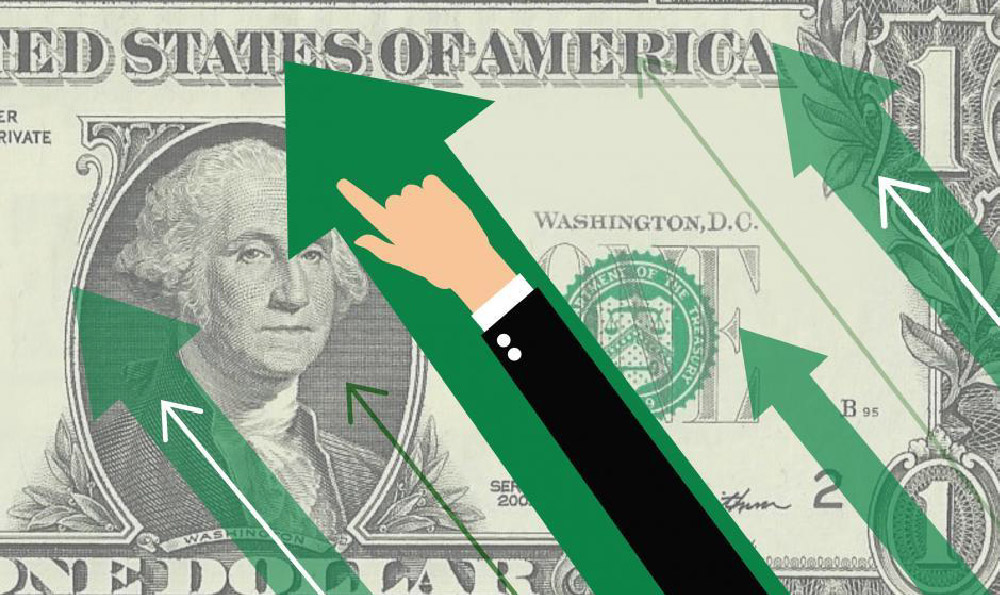Instagram has evolved from a simple photo-sharing platform into a powerful digital marketplace, offering creators multiple avenues to monetize their presence and generate passive income. For those seeking to leverage this social media giant for financial gain, understanding its ecosystem is crucial. The platform’s integration with advertising, brand collaborations, e-commerce, and content monetization tools creates a unique opportunity for individuals to turn their online influence into real-world earnings. However, success on Instagram requires strategic planning, consistent effort, and a deep understanding of both the platform’s algorithms and the market dynamics that drive profitability.
A fundamental aspect of earning money online with Instagram is building a loyal and engaged audience. This process begins with identifying a niche that aligns with personal expertise or passion, as authenticity is key to attracting followers. Once a dedicated community is established, creators can explore various monetization methods. Brand partnerships and sponsored content are among the most common, where businesses pay for visibility through collaborations with influencers. To qualify for such partnerships, consistent posting and high engagement rates are essential, as brands seek individuals who can effectively communicate their message to a targeted demographic. Influencers often earn between $10 to $50 per post, depending on follower count and niche relevance, but this figure can vary widely based on the nature of the collaboration and the level of exclusivity involved.
Content monetization through Instagram’s direct platform features is another effective approach. Instagram offers options like branded content, shopping tags, and affiliate marketing, allowing creators to generate income without relying solely on third-party partnerships. For example, the "Shopping" feature enables users to tag products directly in their posts, facilitating easy purchases and earning a commission on sales. Similarly, affiliate marketing involves promoting products or services through unique referral links, which can be integrated into Stories or bio sections. This method requires not only a strong audience but also the ability to provide genuine value, as consumers are more likely to engage with recommendations that align with their interests.

Instagram’s ad revenue model presents a more complex path, suitable for those with substantial followings. Creators with over 10,000 followers can apply for access to the Creator Funds program, which allows them to earn money based on the engagement of their content. Unlike traditional advertising, where brands pay for specific placements, Creator Funds operate on a performance-based model, rewarding creators for their ability to drive interactions. This includes likes, comments, shares, and views, with rates varying depending on the content’s category and the target audience’s demographics. While this method offers a diversified income stream, it requires careful optimization of posting strategies to maximize exposure and engagement.
Alternatively, creators can explore niche-specific monetization opportunities, such as offering digital products or services. This includes selling templates, courses, consulting services, or even art prints through Instagram’s shopping feature. Developing such offerings necessitates not only creative skills but also an understanding of market demand and pricing strategies. For instance, educators can monetize their expertise by offering online courses, while digital artists can sell prints or merchandise directly to their followers. These methods offer a more direct path to income but require significant upfront investment in content creation and marketing.
Another emerging avenue is leveraging Instagram’s collaboration with other platforms, such as YouTube and TikTok. While Instagram itself does not offer direct monetization for video content, creators can cross-promote their work across these platforms, creating a diversified income stream. For example, YouTube creators can promote their Instagram accounts in video descriptions, while Instagram users can share YouTube videos in Stories to drive traffic and engagement. This synergy not only expands reach but also enhances the potential for monetization through multiple channels.
However, it is essential to recognize that not all methods are equally effective, and creators must carefully evaluate their goals and resources. For instance, while sponsors pay for content, the earnings can be inconsistent, depending on the brand’s budget and the creator’s ability to meet specific criteria. Similarly, ad revenue through Creator Funds requires a certain level of engagement to qualify, and the income may not be substantial for beginners. A balanced strategy involves diversifying income sources, combining brand collaborations with content monetization and affiliate marketing to create a more stable financial foundation.
Moreover, the financial success of Instagram monetization is closely tied to understanding and adapting to the platform’s algorithm. Instagram’s algorithm prioritizes content that generates organic engagement, meaning that creators must focus on producing high-quality, relevant content that resonates with their audience. This requires not only creative skills but also an ability to analyze trends and audience feedback to refine their approach. For example, creators who post consistently and engage with their followers are more likely to see their content promoted organically, increasing visibility and the potential for monetization.
In terms of risk management, creators must be mindful of the potential pitfalls associated with Instagram monetization. These include the saturation of the market, where many creators compete for the same audience, and the unpredictability of income, which can fluctuate based on algorithm changes or shifts in consumer behavior. Additionally, there is a risk of over-reliance on a single method, which can expose creators to volatility. A diversified strategy, combining multiple monetization methods and platforms, helps mitigate these risks by creating a more stable income stream.
Ultimately, earning money online with Instagram requires a combination of strategic planning, consistent effort, and adaptability. By identifying a niche, building an engaged audience, and exploring various monetization options, creators can unlock significant financial opportunities. However, success is not guaranteed, and it is essential to continuously refine strategies based on performance data and market trends. With patience and persistence, Instagram can become a valuable tool for generating both passive and active income, offering a pathway to financial freedom and growth.












